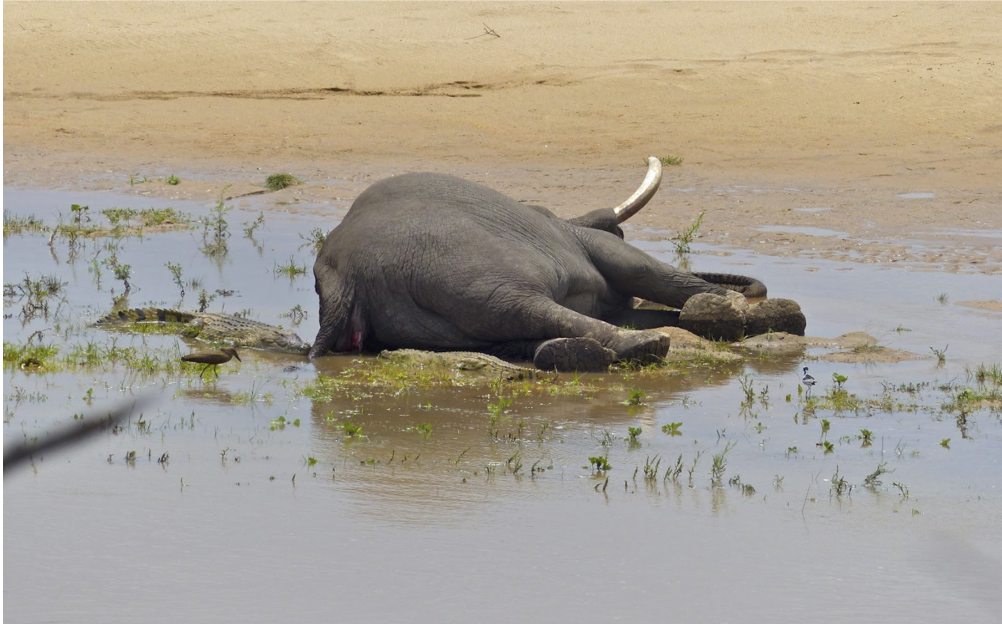The cause of the puzzling mound deaths of African Elephants has finally been untangled. And scientists who authored a current report explain that outbreaks could be more likely to occur during conditions created by ongoing climate change.
Thirty-five African elephants in northwestern Zimbabwe dropped dead under vague conditions between late August and November 2020. Eleven of the great-herd animals died within a 24-hour span.
“They died over a very narrow window. That’s one of the most enigmatic parts of the whole puzzle. That many animals are dying quite close together, but not right next to each other, over such a narrow space of time. It’s really, to my mind, rather unique, certainly in this part of the world’’, stated Dr. Chris Foggin, researcher of the study on the cause of the deaths and a veterinarian at Victoria Falls Wildlife Trust in Zimbabwe.
Earlier in that same year, about 350 elephants in neighbouring northern Botswana had swiftly died over the course of over three months.
Officials and experts were at a loss to explain the die-offs, which have befallen Africa’s biggest population of elephants. Poaching, poisoning, and drought were all blamed for the deaths of those dead African elephants.
As it turns out, a bacterial infection has brought elephants to their deaths in Zimbabwe, according to research based on samples taken from 15 of the animals that died in that country.
An analysis published on October 25th in the journal Nature Communications showed evidence of infections by an involved bacterium called Bisgaard taxon 45 that caused septicemia, or blood poisoning.
The deaths took place as the amount of water and food sources diminished during the dry season, forcing the African elephants to travel a further distance than usual for water and food sources.
The authors explain that heat, draught, and density populations were likely aspects of the outbreak.


